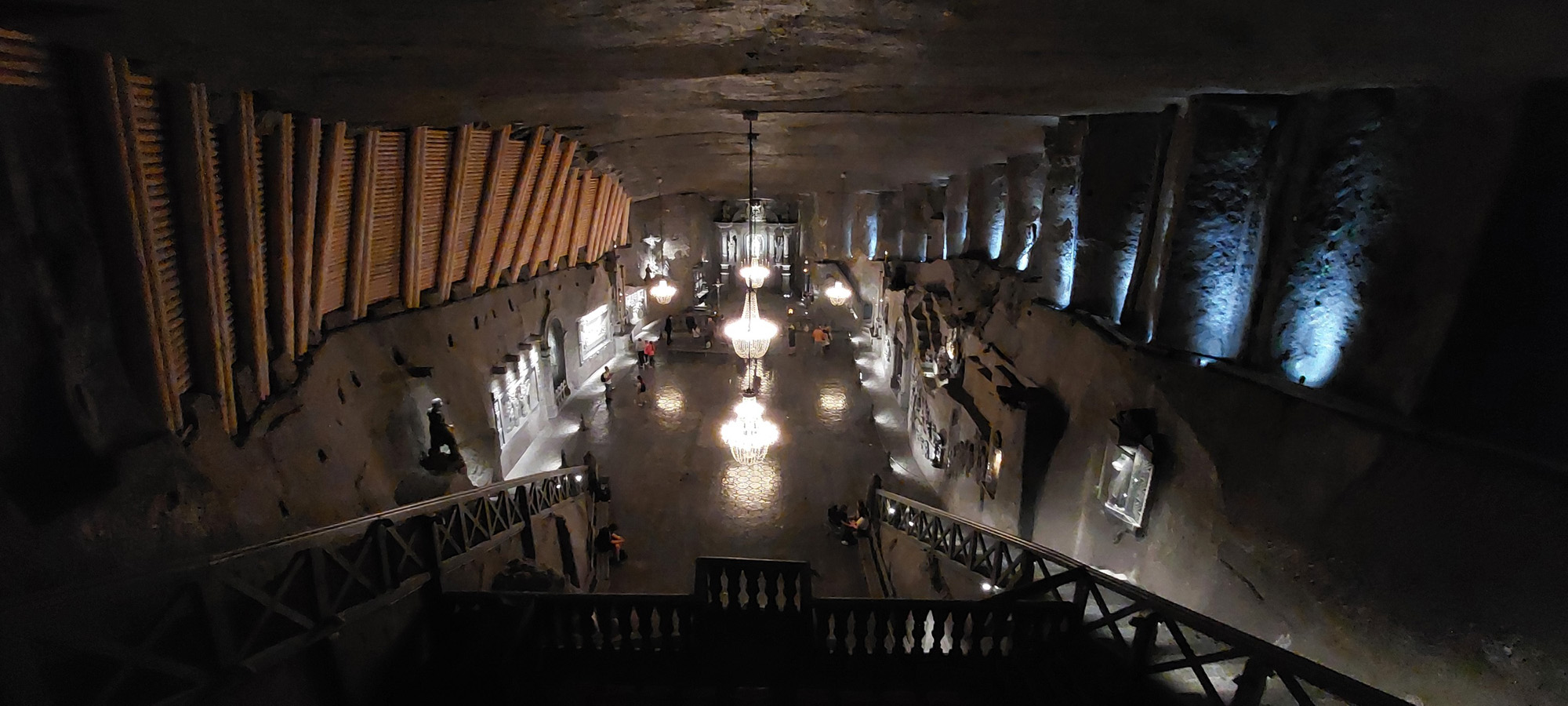 |
Jan & Jan-Jan's Rejseklubben is an exclusive club, with only 2 members, and we do NOT accept new members. |
 |

The Wieliczka Salt Mine reaches a depth of 327 metres, and extends via horizontal passages and chambers for over 287 kilometres. The rock salt is naturally of varying shades of grey, resembling unpolished granite rather than the white crystalline substance that might be expected. Since the 13th century, brine welling up to the surface had been collected and processed for its sodium chloride (table-salt) content. In this period, wells began to be sunk, and the first shafts to be dug to extract the rock salt. In the late 13th to the early 14th century, the Saltworks Castle was built. Wieliczka is now home to the Kraków Saltworks Museum. King Casimir III the Great (reigned 1333–1370) contributed greatly to the development of the Wieliczka Salt Mine, granting it many privileges and taking the miners under his care. In 1363 he founded a hospital near the salt mine. It is said that he turned a Poland of wood into a Poland of stone due to the great amount of wood from the neighbouring forests used as scaffolding and supports. Over the period of the mine's operation, many chambers were dug and various technologies were added, such as the Hungarian horse treadmill and the Saxon treadmill for hauling salt to the surface. During World War II, the mine was used by the occupying Germans as an underground facility for war-related manufacturing. |
 |
Copyright © All Rights Reserved |
 |